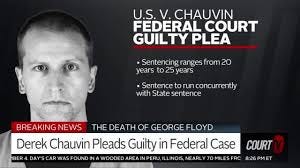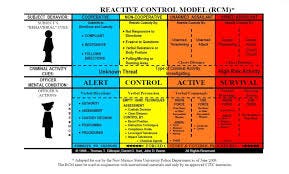After an Officer-Involved-Shooting (OIS) or other police use of force incident the media, influencers, and police “experts” will undoubtedly use the terms “justified” or “not justified” when giving their opinion on the incident.
But, what do they mean by “justified”? Are they referring to the actions of police officers as:
Being within the law?
In accordance to department policy and training?
Or, within the bounds of the SCOTUS approved “Graham standard”?
Each of these standards are different. For example, it is possible for a police shooting to be within the law but in violation of department policy.
In nearly every article I write about a police use of force incident I (briefly or in great detail) explain the different standards.
There was to be a better way.
Allow me to explain - once and for all.
Different Standards
There are several different standards to keep in mind when evaluating a use of force incident:
Graham v. Connor.
State and federal law.
Department policy.
The Graham Standard
In 1989 the Supreme Court of the United States decided Graham v. Connor. In short, Graham created a new way to evaluate whether or not a police use force was “justified” or excessive. The new standard was “objective reasonableness”.
Essentially, it’s a question, “Were the actions of the police officer objectively reasonable given a totality of the circumstances?”
Meaning - would another police officer faced with a similar situation respond in a similar manner?
Under Graham police incidents are evaluated by what the officer knew (or should have known) at the time and 20/20 hindsight is not considered.
How do we determine what a “reasonable officer” officer would do?
Graham provides guidance and encourages the use of the “Graham factors” - which are:
The severity of the crime,
The threat posed by the individual to the safety of officers or other people,
And, whether the individual is trying to flee or resist arrest.
The “factors” are not an exhaustive list to consider but a place to start any evaluation of a police use of force case.
The Graham standard is what I typically apply when evaluating a use of force case.
State law
Every state has laws that govern use of force/use of deadly force by police officers. Though state statutes may vary - they typically track the following concept/language:
Deadly force is permitted if the officer, “has probable cause to believe that the resistance poses a threat of death or serious physical injury to the officer or to other persons.”
State law typically allows a police officer to utilize deadly force in order to protect others (or themselves) from an imminent threat of death or great bodily injury.
Federal law
There are also Federal laws that govern use of force by police officers. Some of these laws track state statutes for the use of deadly force as well as include laws regarding cvil rights violations.
For example, not only was Derek Chauvin prosecuted by the State for second-degree unintentional murder, third-degree murder and second-degree manslaughter, but also charged with Federal civil rights violations (to which he pled guilty).
Here is a link to some of the most common Federal Cvil Rights Statutes.
Department Policy
Department use of force policy may not give police officers more leeway than allowed by state or federal law. Department policy is typically far stricter than state law or the Graham Standard.
For example, department policy may require police officers to: identify themselves, provide use of force warnings, utilize de-escalation tactics, deploy less lethal munitions, or notify a supervisor before using deadly force.
A general use of force policy governing deadly force often states something to effect of, “An officer may use deadly force to protect themself or others from what the officer reasonably believes is an imminent threat of death or serious bodily injury.”
*Due to the fact that department policy is often the strictest standard that police officers must follow - is not difficult to imagine a situation where a fatal OIS is determined to be: within the law, objectively reasonable, and in violation of department policy.
Final Thoughts
As mentioned earlier I prefer the Graham Standard and believe that state law and department policy should be based on this.
An honest evaluation of police actions based on what “a reasonable officer would have done”, with the information that the officer knew at the time, considering the incident given the totality of the circumstances - though not perfect, is the most fair standard to judge the actions of police officers.
When I use the term “justified” or “not justified” as short hand - I am saying that the use of force is “objectively reasonable” or “not objectively reasonable” under the Graham Standard.







Thank you Daniel, this was very informative and helps a lot.
God bless our Officers. 💙🇺🇸💙
Good overview, sir! Now with the Supreme Court decision in “Barnes V. Felix“, agencies across the country are going to have to snap back into training officers understand that the totality of the circumstances involved in decision-making from the onset of awareness of a potential threat all come into play. After over 25 years in public safety, I’ve watched this rubber band snap back a couple of times. Now there is a Supreme Court ruling setting case law to guide our path.